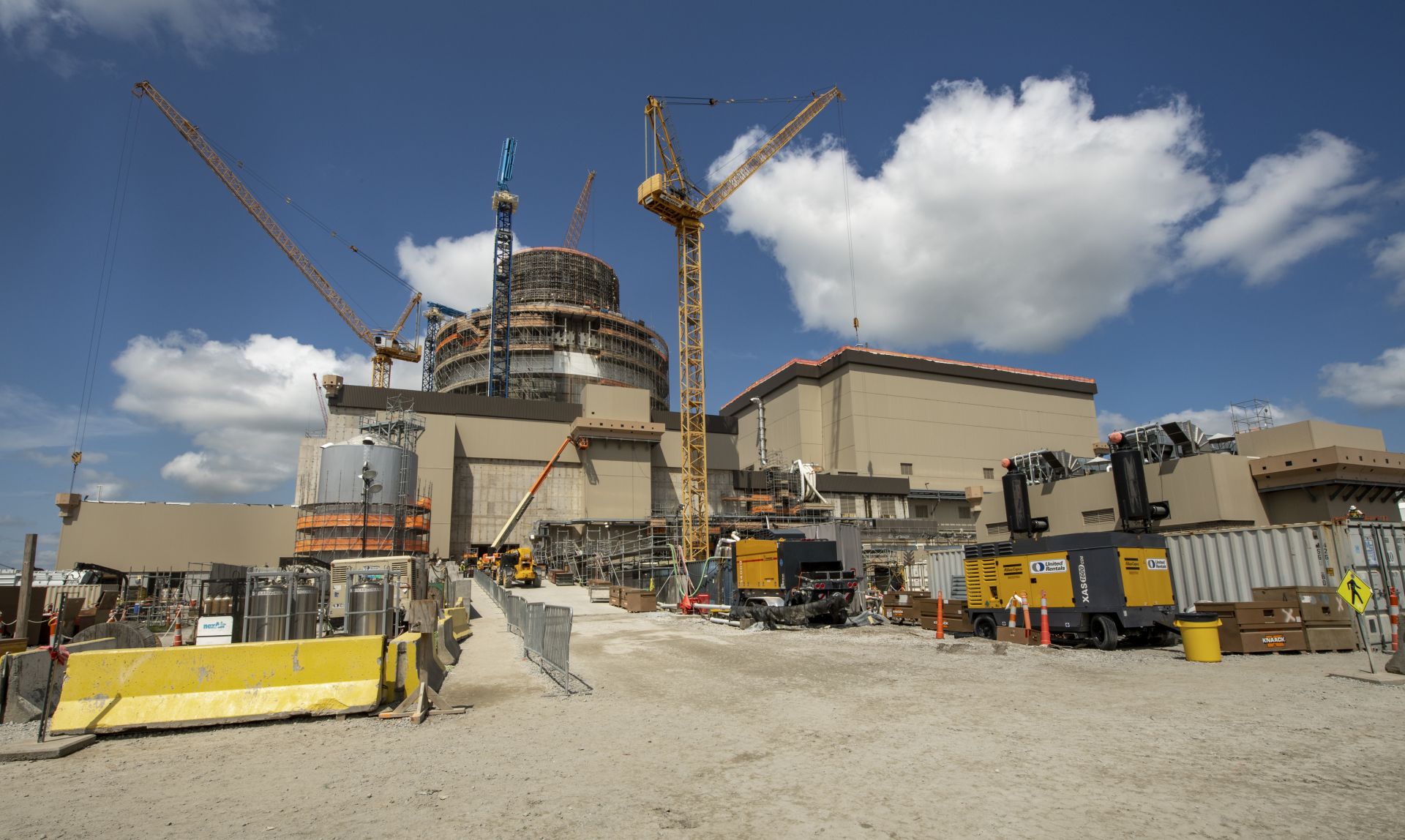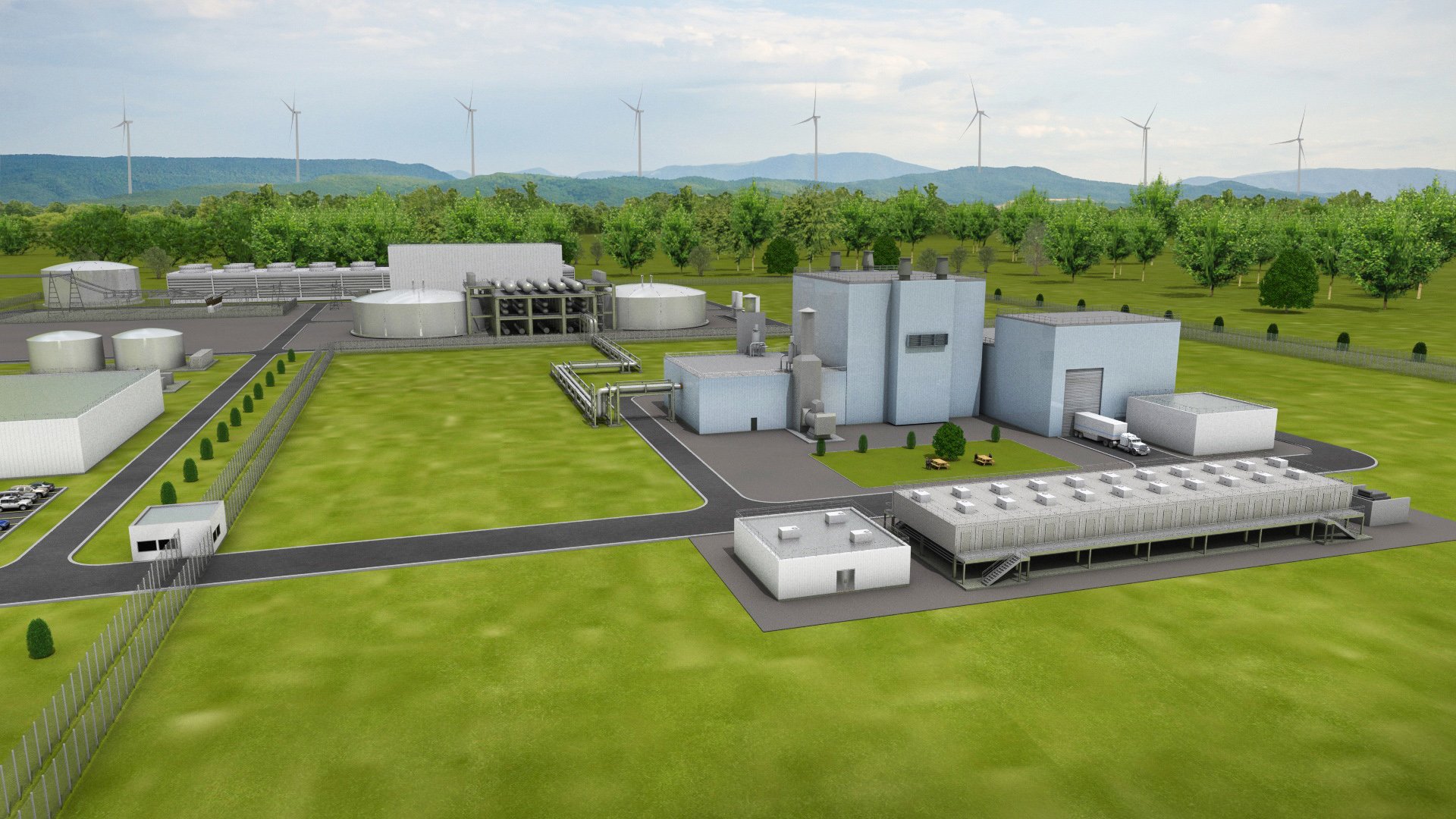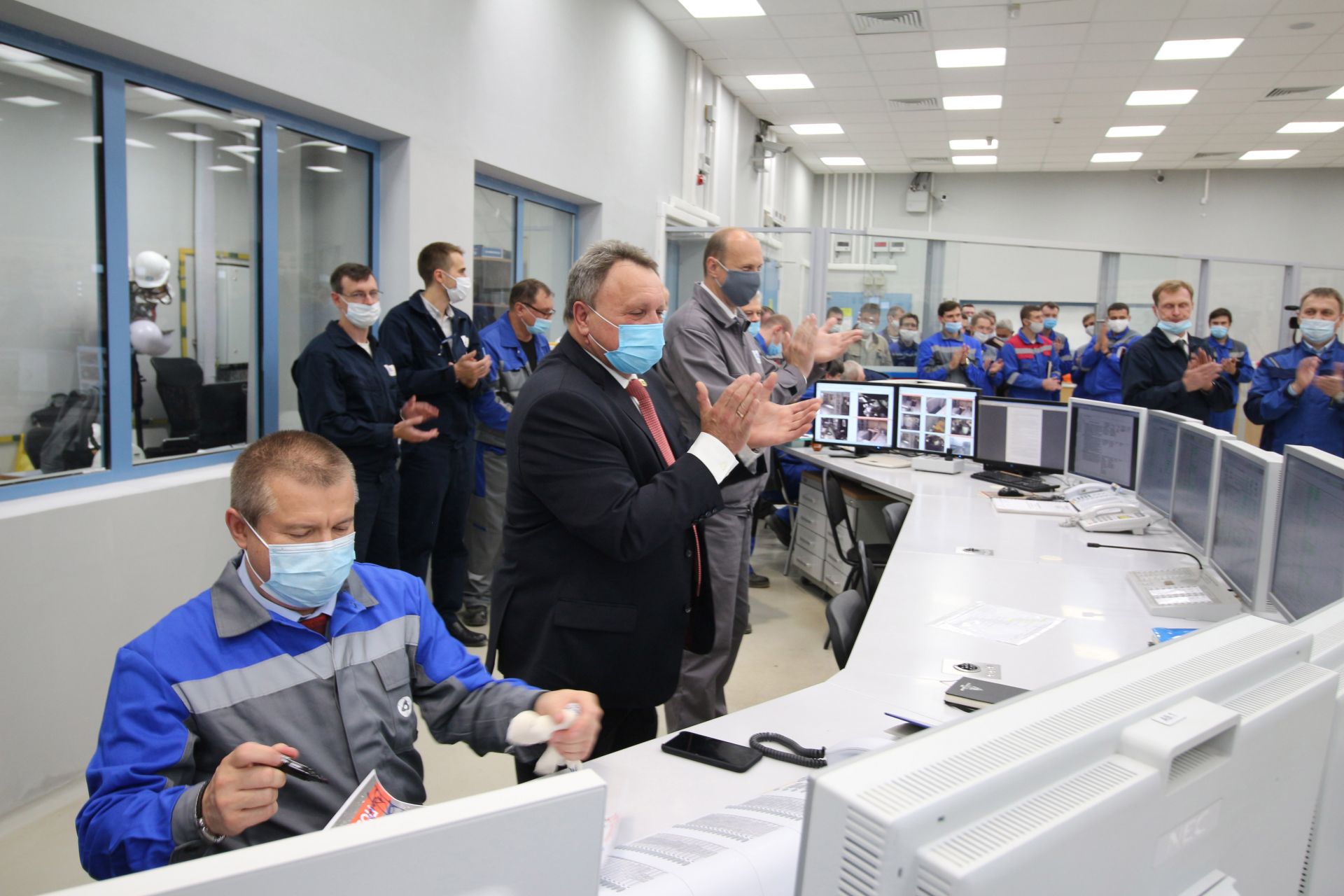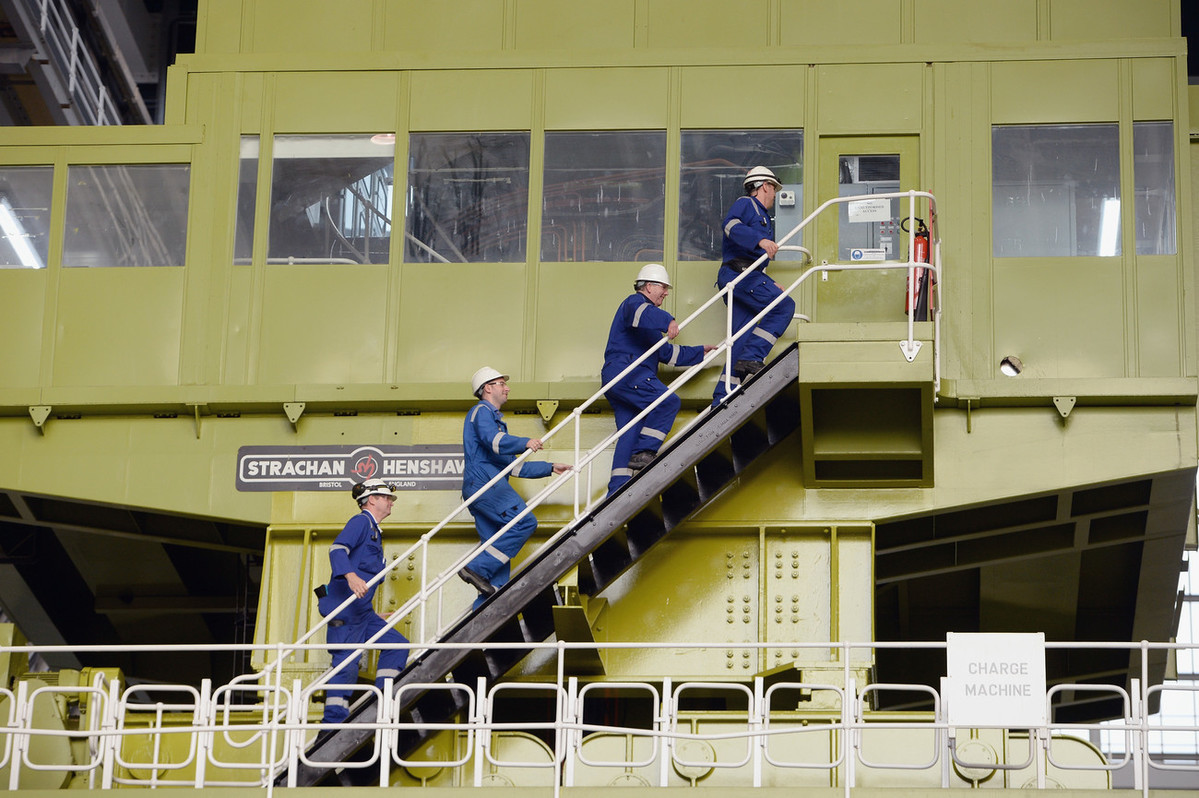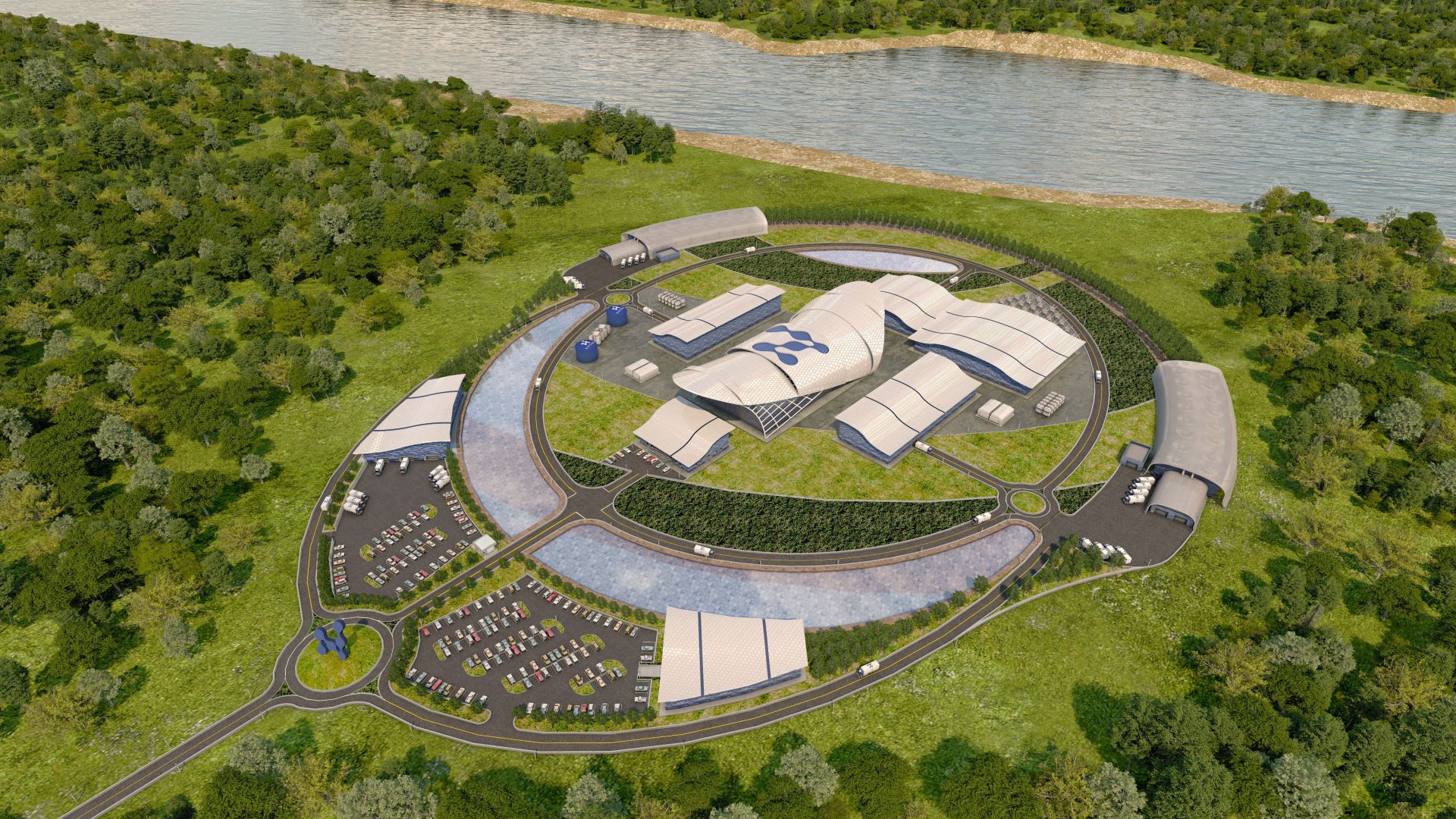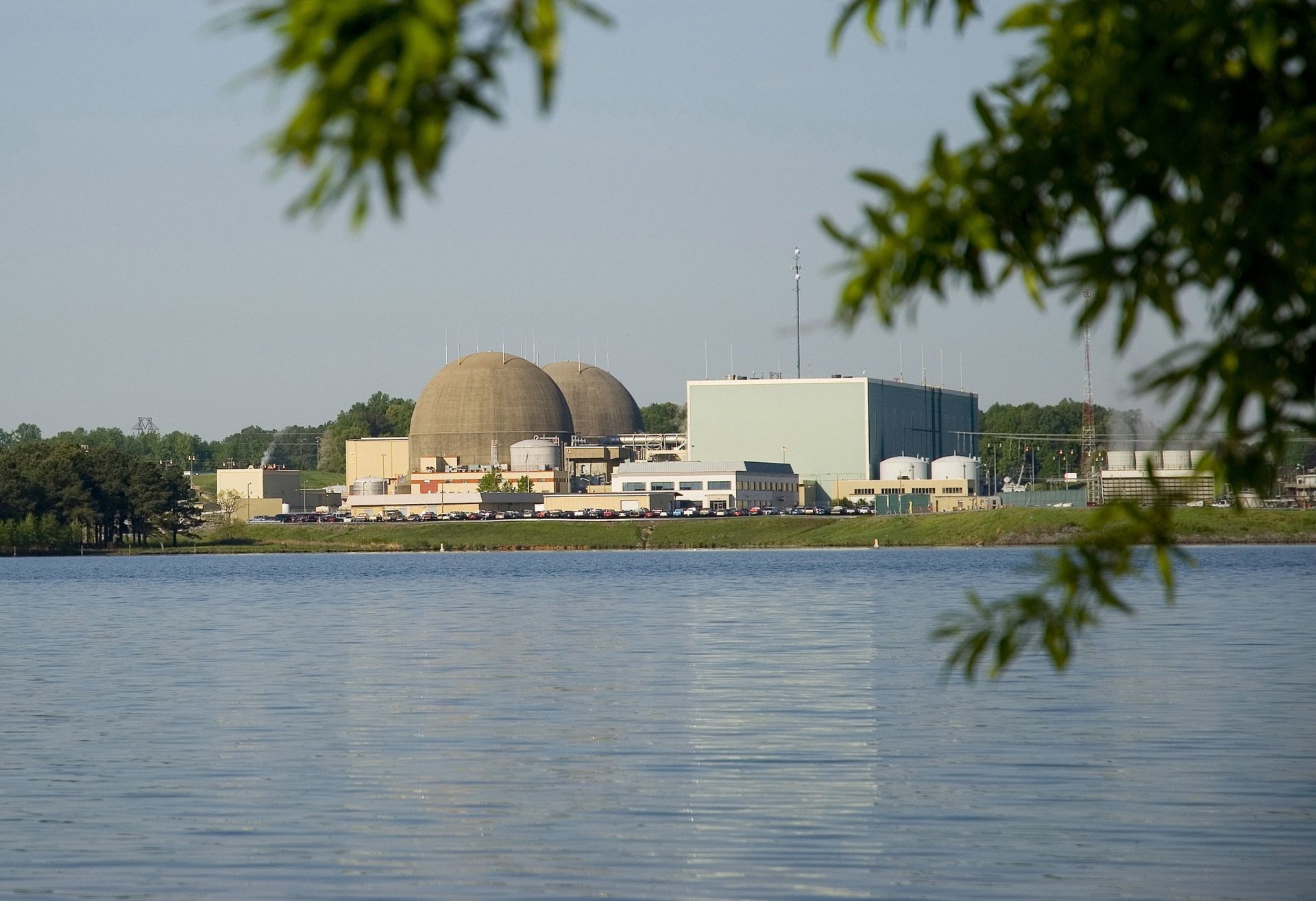
North Anna nuclear power plant. Photo: Dominion Energy
Dominion Energy has filed an application with the Nuclear Regulatory Commission to renew the North Anna nuclear power plant’s reactor operating licenses for additional 20-year terms, the Richmond, Va.–based utility announced on September 4. The NRC received the application on August 24.
North Anna, located in Mineral, Va., is home to twin 973-MWe three-loop Westinghouse pressurized water reactors. The filing makes the plant the second nuclear facility in the state to seek subsequent license renewal, after Dominion's filing in 2018 of a similar application to renew the licenses of its two Surry units—twin 874-MWe reactors. The NRC is currently reviewing that application.
(Following its April 2020 meeting, the NRC’s Advisory Committee on Reactor Safeguards issued a report recommending approval of the Surry SLR applications [NN, June 2020, p. 15].)
According to Dominion, the North Anna and Surry units produce 31 percent of the electricity for the company’s 2.5 million customers and 95 percent of the carbon-free electricity in Virginia.



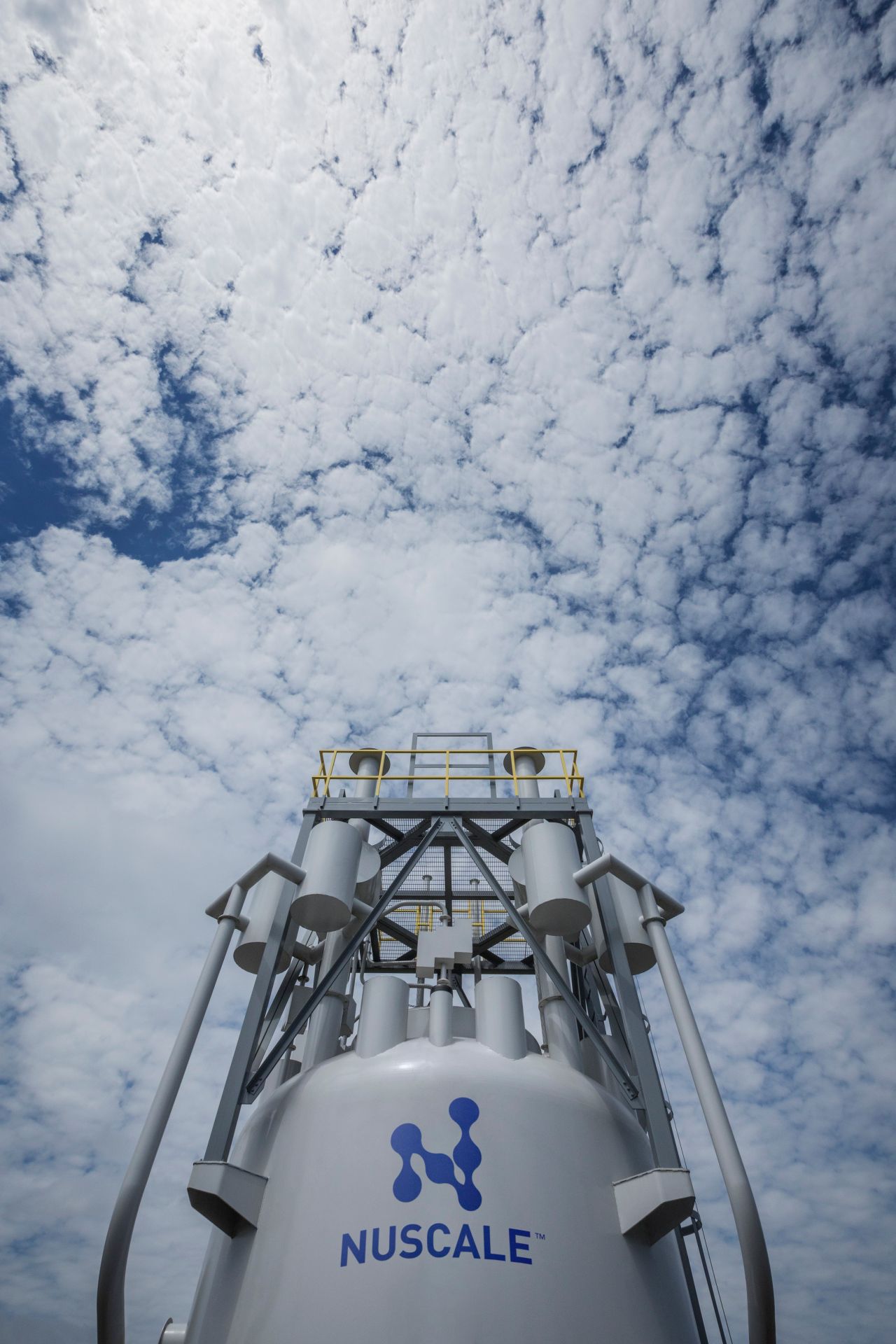
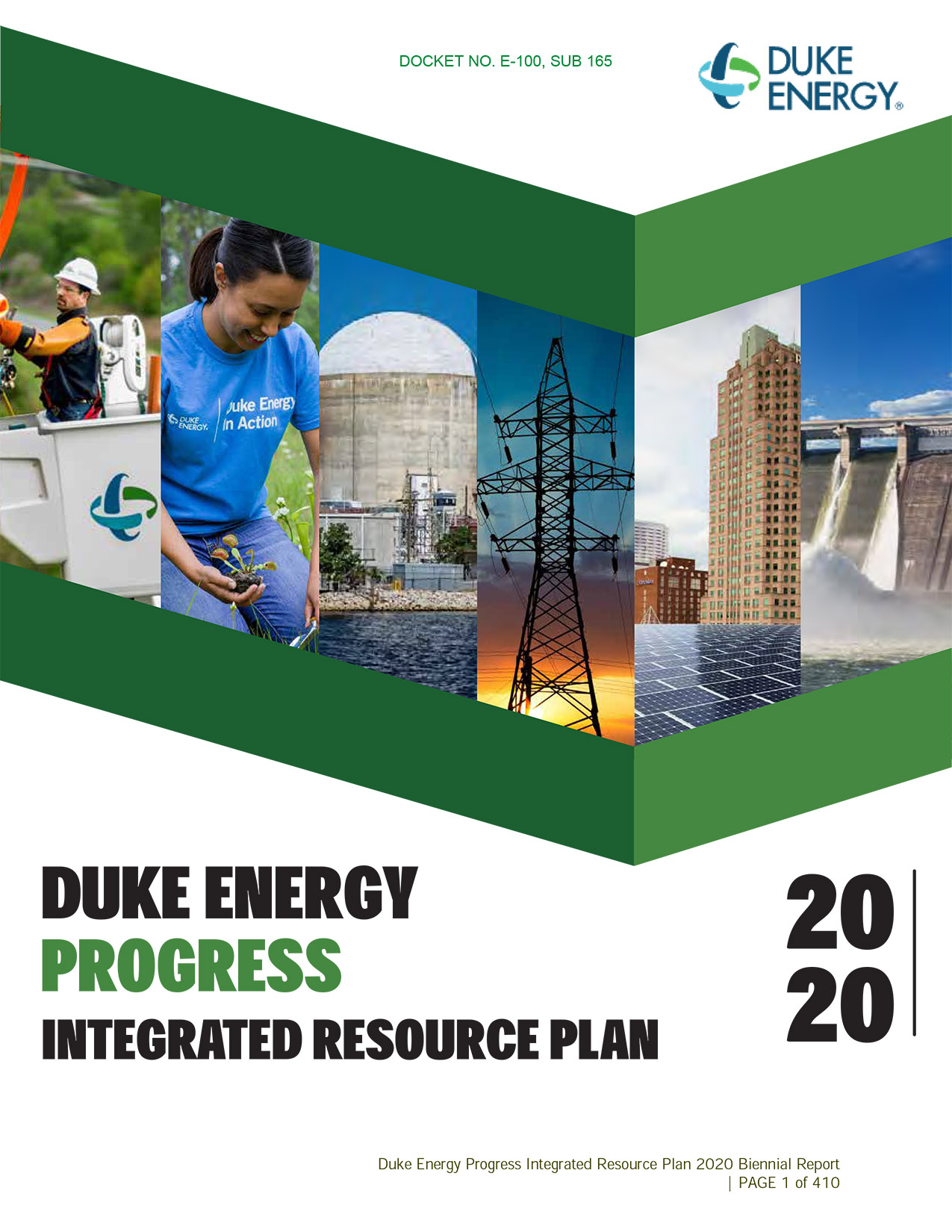 Duke Energy Progress and Duke Energy Carolinas have filed their 2020 Integrated Resource Plans (IRPs) with state regulators, parent company Duke Energy announced September 1.
Duke Energy Progress and Duke Energy Carolinas have filed their 2020 Integrated Resource Plans (IRPs) with state regulators, parent company Duke Energy announced September 1. The Nuclear Industry Association (NIA), the trade group for the United Kingdom’s civil nuclear industry, unveiled a new report yesterday that sets out a framework for cutting the cost of building new nuclear power plants in Britain.
The Nuclear Industry Association (NIA), the trade group for the United Kingdom’s civil nuclear industry, unveiled a new report yesterday that sets out a framework for cutting the cost of building new nuclear power plants in Britain.